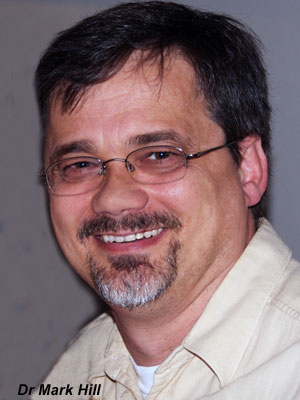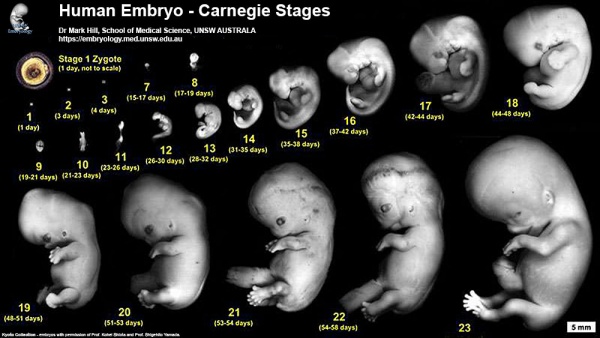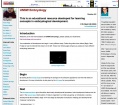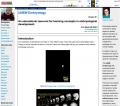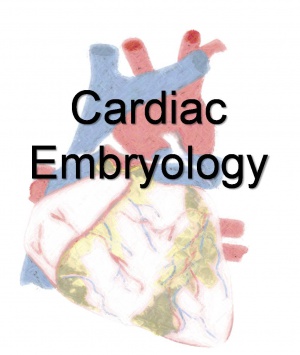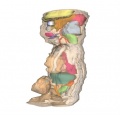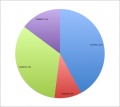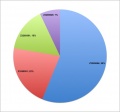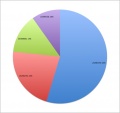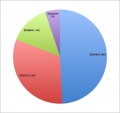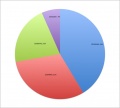Anatomy and Embryology Goettingen - 2013 Seminar
Online Embryology for Medicine and Science
6 December 2013 Dept. of Anatomy and Embryology, University of Goettingen Translate page - German
Introduction
This presentation will describe my experiences in developing online embryology teaching for medical (large group) and science (small group) student groups.
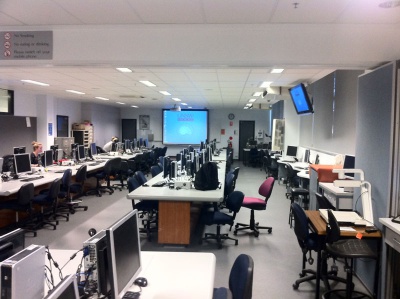
|

|
| Medicine (large computer lab) | Science (small computer lab) |
|
<html5media height="450" width="500">File:Human_blastocyst_day_3-6.mp4</html5media>
|
Embryology Online
| Technology Timeline | |
|---|---|

The changing technology environment we have experienced in the last 50 years, and more recently in the last 20 "internet years". | |
|
|
New Wiki Format 2009
- familiar structure and layout. (the Wiki format)
- easy to print and search. (print this current page)
- resolved student navigation issues. (every page has the same navigation and access to student pages)
- contributions by researchers staff and students. (Researcher Contributions)
- current research easily added and used by students. (Blastocyst Day 3-6 Movie)
| Why Wikis? |
|---|

The Software - Wikipedia had been around for a few years and many students were commonly using it initially as a dictionary rather than encyclopaedia. MediaWiki is the database software which runs this application on the web and is separate from the content hosted in Wikipedia. The Support - MediaWiki is freely available, stable, regularly updated, and has a large group of developers maintaining and making many useful applications (extensions) within this software framework. The Interaction - The format can be used interactively by teacher and student, both can construct, distribute and share knowledge. This can be done easily anytime and anywhere with an internet connection and editing can be restricted to only those designated users and hierarchically within those users. Importantly, an extension allows users access through the familiar UNSW Zpass system. Visibility - You need to see what is being done! The embryology educational material has since its early development been on the internet and available to all. Learning management systems (LMS) are excellent for what they do, manage courses and students. My experience is that students don't generally like LMS and use it only because they have to. Most are LMS are commercial packages ($$) and their content is generally hidden (which can be important for security/copyright etc) and not easily shared. |
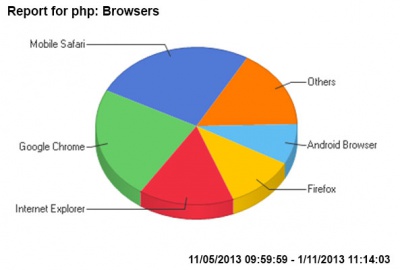
|
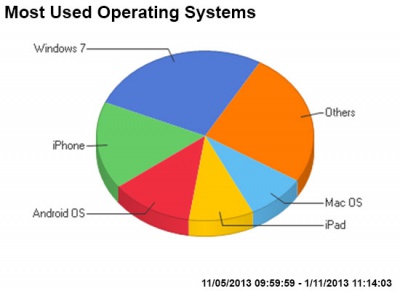
|
| Browser used | Browser operating systems |
Teaching Contact Hours
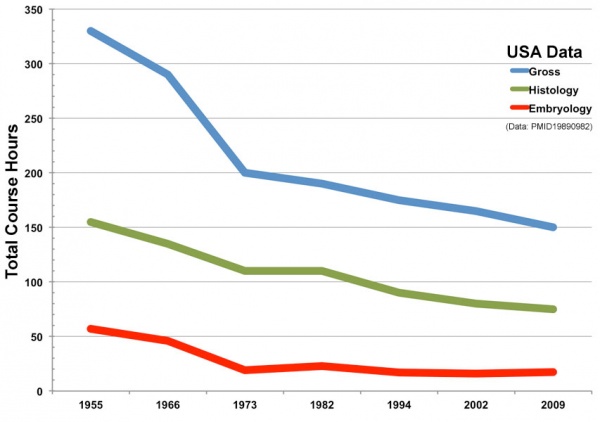
Trends in anatomy disciplines contact teaching hours based on data from USA survey.[1] |
|
| About this graph |
|---|
Reference
University of New South Embryology Contact hours
|
| New Embryology Topics |
|---|
Less contact time, but a growing list of new clinically relevant topics.
|
Medicine Large Class

|

|
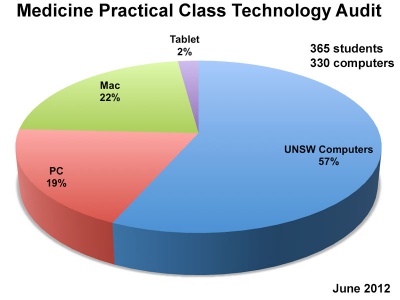
|

|
| Medicine practicals computer use (2012) | Online textbook access (2011) |
Medicine - Independent Learning Projects
The Independent Learning Project (ILP) is intended to provide UNSW medical students with a period of in-depth study that engenders an approach to medicine that is constantly questioning and self-critical. (About ILP)
- 2006 - Carnegie Stage Embryo Animations educational project.
| 2006 ILP Movies | |||||||||||||||||||||||||||
|---|---|---|---|---|---|---|---|---|---|---|---|---|---|---|---|---|---|---|---|---|---|---|---|---|---|---|---|

Shown below are the animations generated from the serial sections of a Human embryo (week 8, Carnegie stage 22). Click the quicktime or Flash lingo to see the rotating animations. Note Flash animations do not play on iPads. | |||||||||||||||||||||||||||
These 3d movies were part of the UNSW Medical degree Independent Learning Project (ILP) prepared by Aashish Kumar (2006). |
- 2009 - Cardiac Embryology educational project. (Project Background, Project Discussion)
| 2009 ILP Tutorial | ||||
|---|---|---|---|---|
 Self-directed Learning. Self-directed Learning.
This project was designed to allow students to work through heart development online using modules designed to teach at 3 levels of understanding, using the "traffic light" approach, (green is easiest, red is hardest). Each module through the same timeline and firstly identifies the learning objectives, then how long it will take to complete the module. | ||||
Basic Heart Development Timeline (weeks of development are shown w3 to w7) |
Science Small Class

|
|
Science Group Projects
- 2009 - Animal Models: Rabbit | Fly | Zebrafish | Mouse | Project 5 - Frog | Related page - Animal Development
- 2010 - Diagnostic Techniques: Ultrasound | Chorionic villus sampling | Amniocentesis | Percutaneous Umbilical Cord Blood Sampling | Fetal Fibronectin | Maternal serum alpha-fetoprotein | Related page - Prenatal Diagnosis
- 2011 - Abnormalities: Turner Syndrome | DiGeorge Syndrome | Klinefelter's Syndrome | Huntington's Disease | Fragile X Syndrome | Tetralogy of Fallot | Angelman Syndrome | Friedreich's Ataxia | Williams-Beuren Syndrome | Duchenne Muscular Dystrolphy | Cleft Palate and Lip | Student Group Projects
- 2012 - Sensory Development: Vision | Somatosensory | Taste | Olfaction | Abnormal Vision | Hearing
Online Project support
At the beginning of the course students are led through simple tutorial exercises to become familiar with the process.
- establishing the assessment criteria. (2011)
- text editing and formatting. (Editing Basics, formatting references)
- identifying research sources and their reuse. (Images| Copyright)
- uploading and images, identifying sources and copyright information. (Tutorial | in-class exercise)
Histology Practical Class Support
- Students in both Science and Medicine classes now learn histology and pathology through the use of "virtual slides".
- Slides are projected onto screens and monitors and students own computers to view the slides.
- In these classes students work through a series of unlabelled slides guided by an academic coordinator and supported by tutors.
- Students can access the slides outside of the class hours and now can also access self-directed learning support from specifically designed online resources.
Virtual Slides
- Developed by colleagues in Medicine supported by ALTC grant. The repository includes virtual slide collections for Anatomy, Pathology, Botany/Ecology and Zoology (total ~600 slides). (Virtual Slides)
- Requires zpass login. Unlabelled slides the students work through in practical classes.
- Software is similar to that on UIOWA - Virtual Slidebox
Histology Slide Support
- Background and self-directed learning for students working with virtual slides.
- [[Histology Glossary}}, additional information, cartoon images, animations, links and labelled histology slides.
- Labelled histology slides used are from a different set of images, so students still need to identify structures themselves in the virtual slide set.
Science
- Introductory course - ANAT2511 - Fundamentals of Anatomy
- Histology course - ANAT2241 Histology - Basic and Systematic
Medicine
| Medicine Foundations: Histology Introduction | Skin Histology | |
| Medicine Health Maintenance: Pancreas Histology | Liver Histology | Gall Bladder Histology | Renal System Histology | Blood Vessel Histology | |
| Medicine Ageing and Endings: Bone Histology | Colon Histology |
iBooks
- ePublishing or digital publishing. (pdf, eBook, iBooks)
- A potential explosion in this sector, everyone is a publisher.
- how do you assess good (re)sources?
- free software and can be freely published. (iBook Author, connect)
- Downloadable and independent of internet connection, remote locations.
Cite this page: Hill, M.A. (2024, April 25) Embryology Anatomy and Embryology Goettingen - 2013 Seminar. Retrieved from https://embryology.med.unsw.edu.au/embryology/index.php/Anatomy_and_Embryology_Goettingen_-_2013_Seminar
- © Dr Mark Hill 2024, UNSW Embryology ISBN: 978 0 7334 2609 4 - UNSW CRICOS Provider Code No. 00098G
